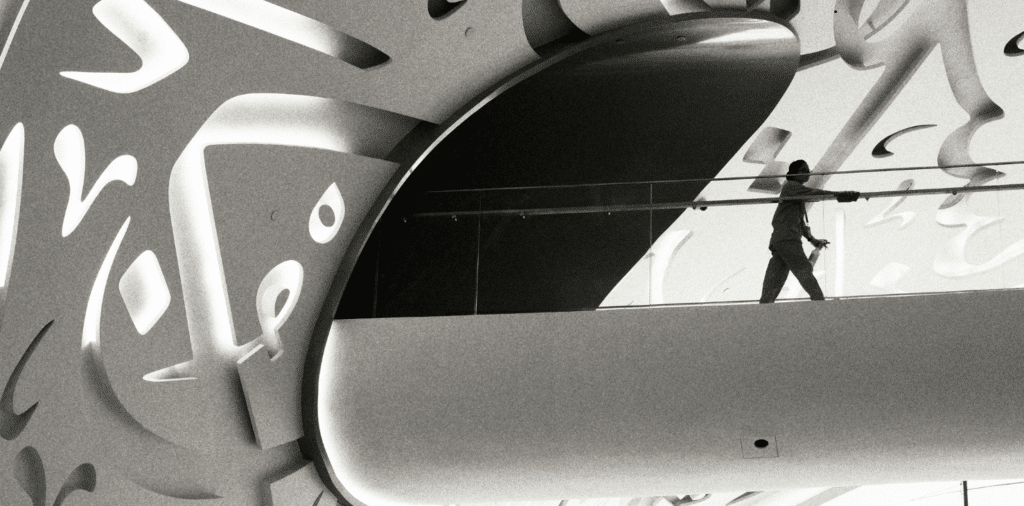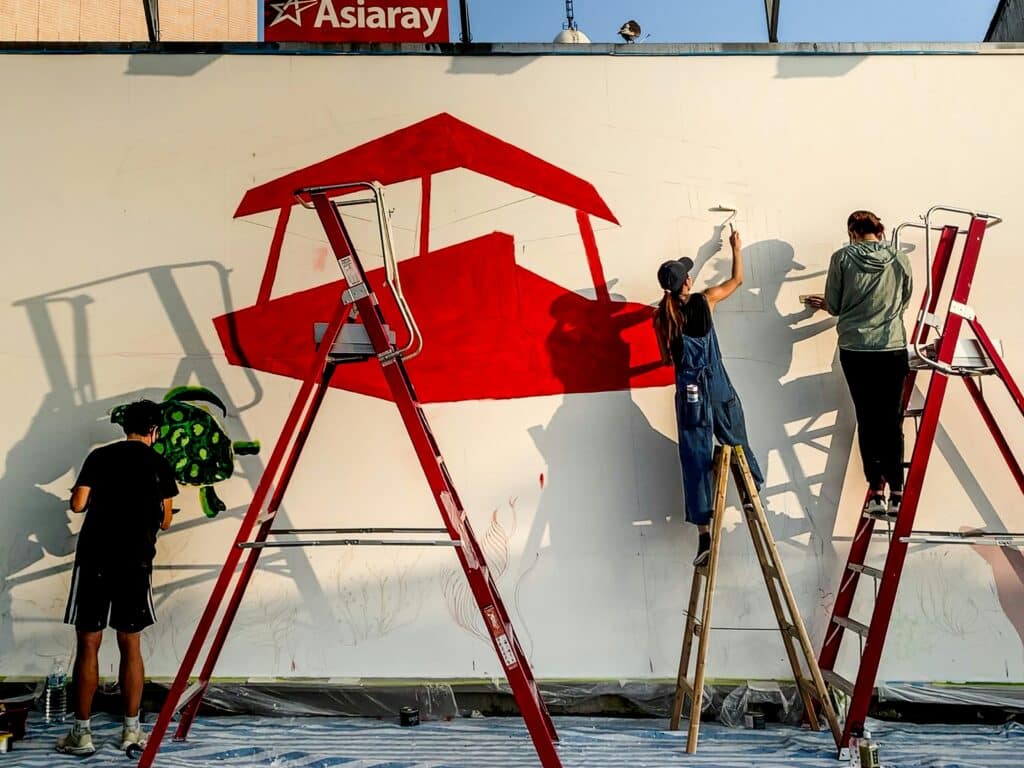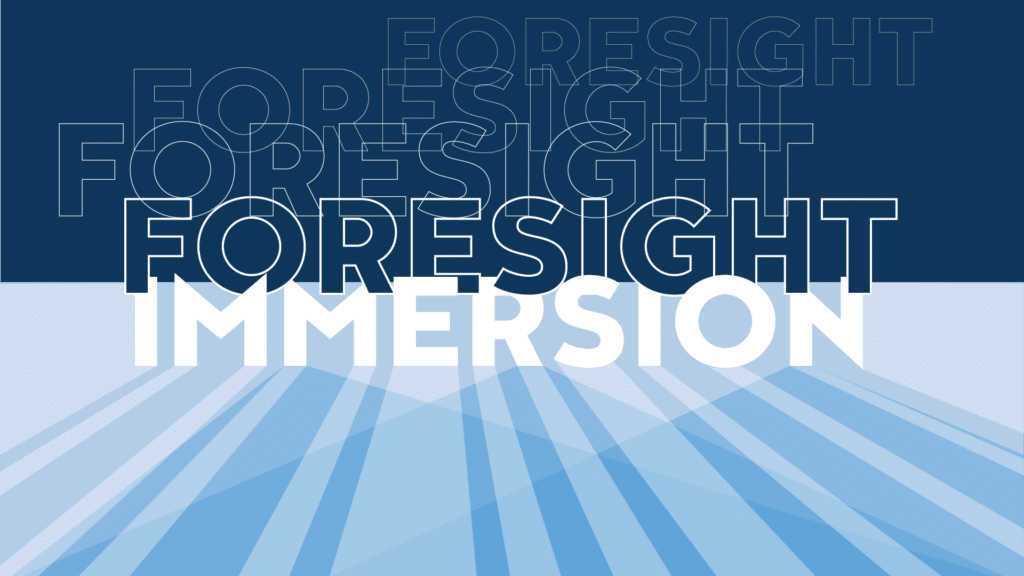Experience is the Heart of our Learning Brain
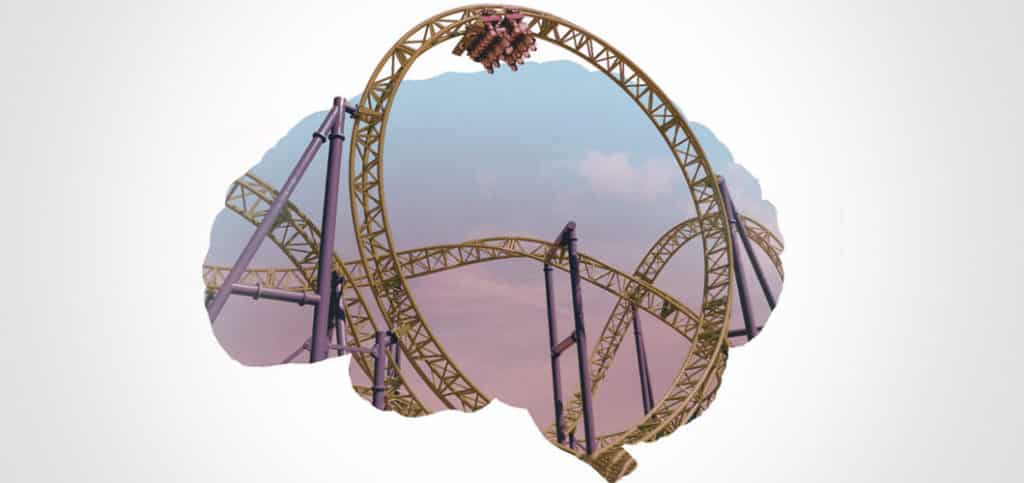
Einstein perfectly described what neuroscience tells us today: “Learning is experience. Everything else is just information.” Here is why Experiential Learning is the closest we get to perfect learning conditions for the human brain.
Neuroscience has unveiled many secrets about our brain: How it learns more efficiently, for example, or how our emotions and our cognitive abilities go hand in hand.
This has been very interesting from the perspective of experiential learning, as it highlighted the need for a holistic approach to learning processes on an individual, team and organizational level. The continuous consensus goes: Our brains perform best when cognitive, emotional and behavioral learning centers all work together.
Researchers’ Field Days with VR
There has been another phenomenon that has surprisingly played into our hands: The surge of research around “immersive learning” provides new insights for experiential, real-life learning.
While we seem to have passed the peak of excitement around VR (for now), the fact that immersive experiences have become so cheap to produce and accessible has led to an abundance of experiments in formats and potential applications.
In education, for example, technology-assisted immersive learning approaches can supplement traditional learning and bring huge advantages to the classroom. VR tools to make children interact and deal with complex situations such as bullying have proven very effective.
Leveraging VR as an “empathy machine”, other simulated scenarios have focused on peer pressure in adolescents’ decision making, for example, to keep them from drunk-driving. Peer pressure is a prime example of a stress factor that reduces cognitive processing, a bad decision machine if you will.
Immersive learning adds value where experience leaves a much stronger impression than simply stating information.
The Limitation of Passive Learning
The new possibilities in creating virtual worlds and putting learners into real scenarios have also shown how limited traditional textbook learning really is.
Many amateur and expert content creators provide ample advice and do-it-yourself content online. This endless stream of resources for learners (and educators) does not lead to a deeper understanding and mastery.
A YouTube video, while incredibly helpful in the right moment, does not compensate for making failures, learning from a real person or being critically assessed and tested.
The urgency that comes from one’s application of knowledge in a social context and developing confidence in one’s own expertise are all hallmarks of sophisticated training.
Technology isn’t there yet. It has to go to quite some length in order to evoke an emotional response, the fear of death being identified as an important learning experience in a simulation is a case in point.
Experiential learning does not require this level of suspension of disbelief.
Experiential Learning in Theory & Practice
While the technology around immersive learning keeps on trying to catch up with real life, the findings around these experiments all support the approach we keep on developing for our programs. Fundamentally, the goal is to provide experiences that establish an emotional connection and provide context — and fire up all areas of the brain.
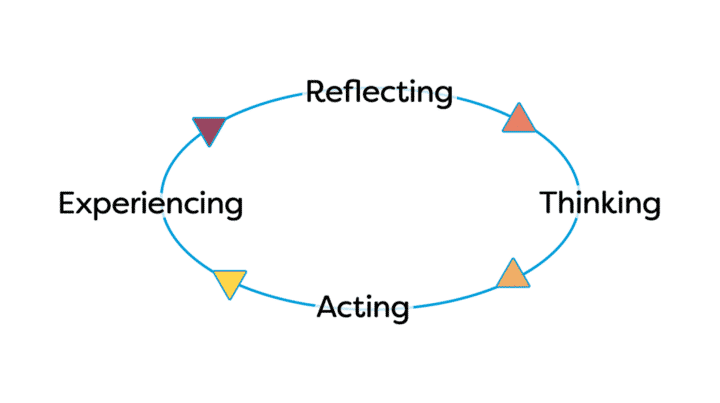
Kolb and Fry’s famous model uses four stages to create an experiential learning cycle. It is an endlessly recurring cycle, a process between the learner’s internal world and the external environment.
- Having a concrete experience is followed by
- observation of and reflection on that experience which leads to
- the formation of abstract concepts through analysis, which are then
- acted upon and used to test hypotheses in future situations, resulting in new experiences.
Our 30 years of experience designing experiential learning programs have shown us the importance of considering all four stages in building learning experiences. We carefully balance the time spent in a discovery mindset and the time for facilitation, to analyze and converge into prioritized actions and initiatives.
We see the design of our Learning Expeditions and other programs as the creation of a holistic experience combining all four elements of the experiential learning cycle. Within this cycle, we distinguish between activities that focus on immersing the learners in new environments and experiences and activities that put the emphasis on reflection and conceptualization at the individual and collective levels. It is important to provide dedicated time and space for each of these dimensions.
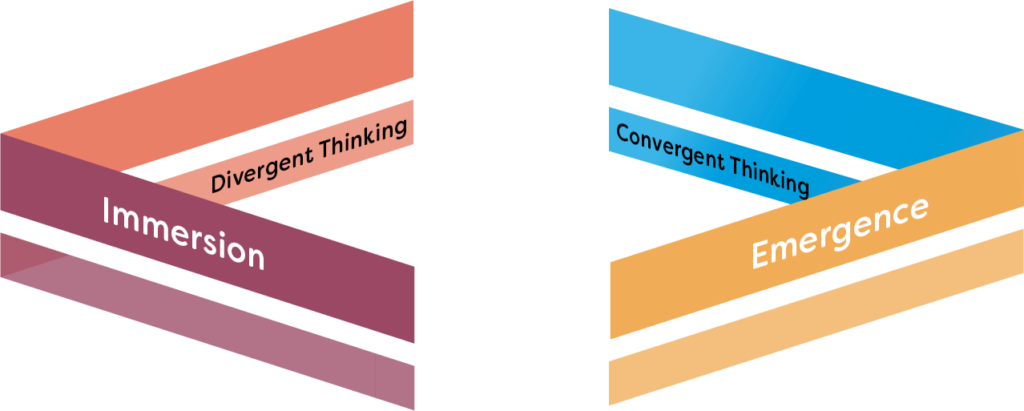
We also believe that a sound methodology, no matter how tried and tested, should evoke a rebellious spirit on some level: We know that enabling real discoveries is to resist anticipating observations and conclusions. Our participants know that there is a sense of uncertainty in their learning journey. They are in the driver seat, which is why we often integrate last-minute ideas and changes into the program and react to the conversations as they evolve.
In other words: There is valuable truth and danger in chaos, and every so often, that chaos should make the ground wobble — in learning as in life.
Part of this is inherent in our collective approach. Learning on a WDHB program is never an individual journey and it is more than simply a shared experience. Creating a community and leaving the comfort zone through sharing and discussing is the number one ingredient to make learning emotional.
As we now know, when we are emotionally moved, our thoughts and beliefs have a chance to move too. Change is not just a cognitive decision. We strongly believe that learning engages the whole person, not just their mind.
Designing experiential learning programs means designing experiences that appeal to the head, the heart and the hand. Experiences that produce an emotional response usually create a critical byproduct: a personal, authentic and compelling story to share what we have learned with others.
Author
Subscribe to get Access to Exclusive Content



